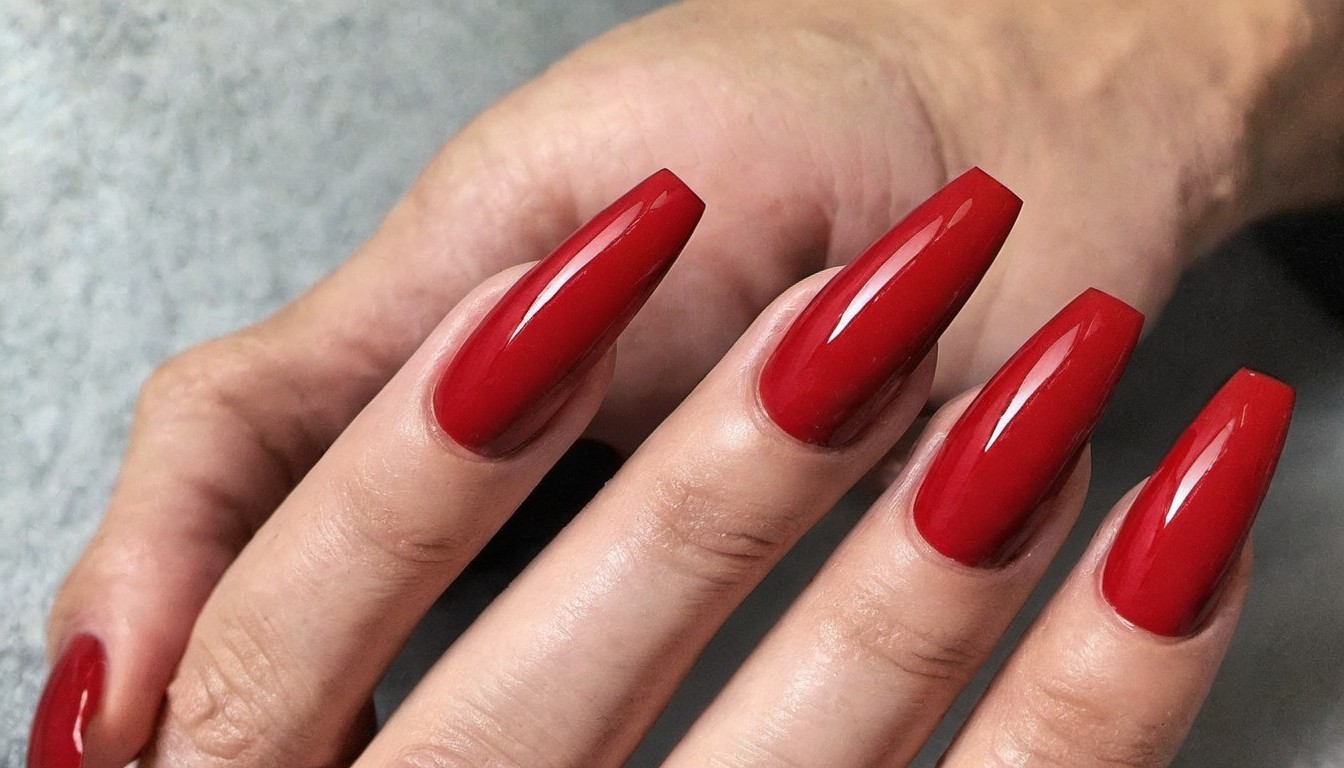Myths often come from cultural stories or misunderstood facts. While some myths are simply amusing, others can lead to confusion. Let’s uncover the truth behind five more popular myths.
Myth 1: Bulls Get Angry When They See Red
The Myth: It’s widely believed that bulls become aggressive when they see the color red.
The Truth: Bulls, like all cattle, are actually colorblind to red. They are provoked not by the color of the matador’s cape but by its movement. The cape’s waving is what excites and angers the bull, not its color. Bulls react to motion and perceived threats rather than specific colors.
Myth 2: Humans Swallow Spiders in Their Sleep
The Myth: A common myth is that the average person swallows several spiders a year while sleeping.
The Truth: There is no scientific evidence to support this claim. Spiders are unlikely to crawl into a human mouth because it is not a typical habitat for them. The vibrations caused by a sleeping person would actually deter spiders rather than attract them. This myth likely originated from the fear and misunderstanding of spiders.
Myth 3: Hair and Nails Continue to Grow After Death
The Myth: Many people believe that hair and nails continue to grow after a person dies.
The Truth: This myth is a result of a misunderstanding. After death, the skin dehydrates and retracts, giving the appearance that hair and nails are growing. In reality, there is no actual growth; it is merely a change in the skin that creates this illusion. The body’s biological processes, including cell production, cease upon death.
Myth 4: Shaving Hair Makes It Grow Back Thicker
The Myth: It’s a common belief that shaving hair causes it to grow back thicker and darker.
The Truth: Shaving does not affect the thickness, color, or rate of hair growth. When hair is shaved, it cuts off at a blunt angle, making it feel coarser or appear darker as it grows back. This blunt tip can give the impression of thicker hair, but the hair’s structure and growth pattern remain unchanged.
Myth 5: You Need to Wait 30 Minutes After Eating Before Swimming
The Myth: There’s a widely held belief that you must wait at least 30 minutes after eating before swimming to avoid cramps.
The Truth: There is no scientific basis for this rule. While it’s true that blood flow increases to the stomach during digestion, it does not significantly reduce blood flow to the muscles to cause dangerous cramps. Moderate exercise, such as swimming, is generally safe after eating. However, strenuous activity immediately after a large meal might be uncomfortable.
Myths can be intriguing and are often passed down through generations, but it’s essential to know the truth. By debunking these common myths, we can better understand the world around us and avoid misconceptions. Always question what you hear and seek out accurate information to stay well-informed.
